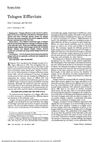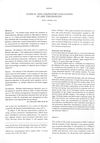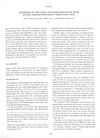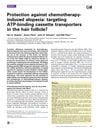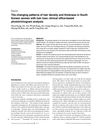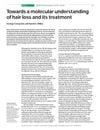Clinical and Histopathologic Features of Hair Loss in Patients with HIV-1 Infection
January 1996
in “
Journal of The American Academy of Dermatology
”
telogen effluvium apoptotic keratinocytes necrotic keratinocytes hair follicle external root sheath perifollicular mononuclear cell infiltrate eosinophils hair shaft dystrophy hair straightening nutritional deficiencies hormonal imbalances autoimmune responses graft-versus-host disease hair loss hair follicle immune response nutritional deficiency hormone imbalance
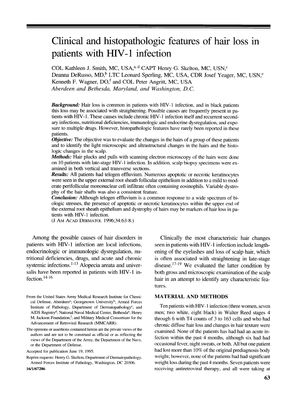
TLDR People with late-stage HIV-1 often experience a specific type of hair loss linked to multiple factors, including nutritional issues and immune responses.
In 1996, a study involving 10 patients with late-stage HIV-1 infection found that all experienced telogen effluvium, a form of hair loss where hair prematurely enters the resting phase. Histological analysis showed a significant number of apoptotic or necrotic keratinocytes in the hair follicle's upper external root sheath and a mild to moderate perifollicular mononuclear cell infiltrate with eosinophils. Hair shaft dystrophy was also consistently present. The study concluded that these features, particularly the apoptotic or necrotic keratinocytes and hair dystrophy, might be specific to hair loss in HIV-1 patients. It was noted that hair straightening, particularly in black patients, could contribute to the hair loss, which was not solely related to drug use or nutritional deficiencies. The causes of hair loss in these patients appeared to be multifactorial, potentially including nutritional deficiencies, hormonal imbalances, and autoimmune responses akin to graft-versus-host disease.
